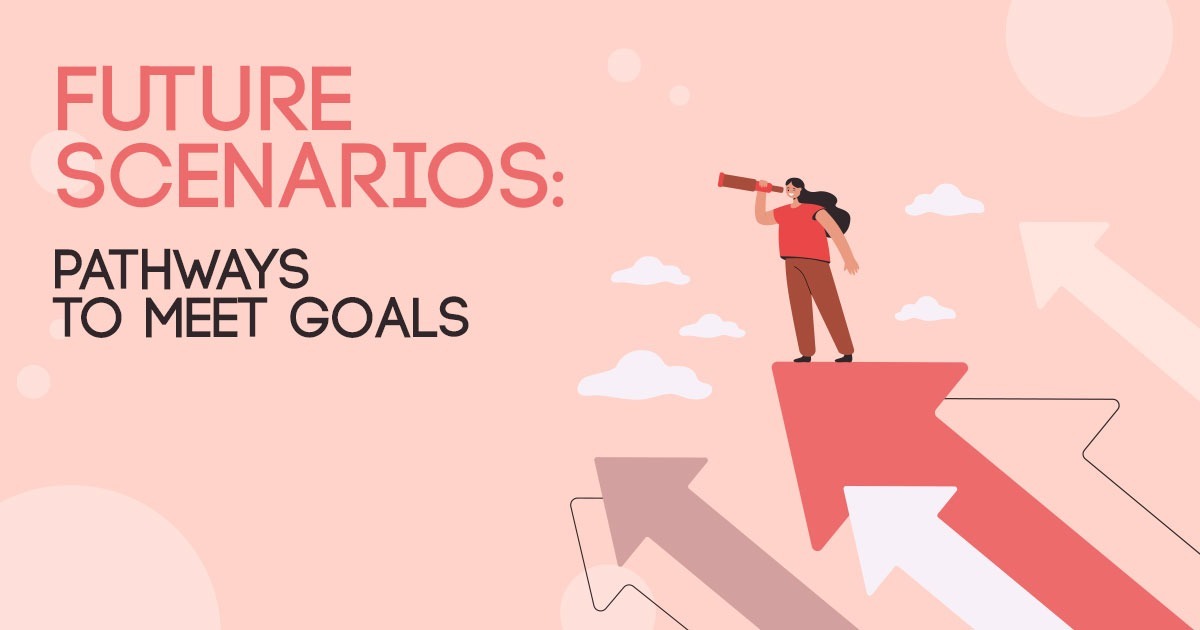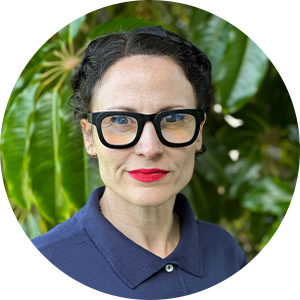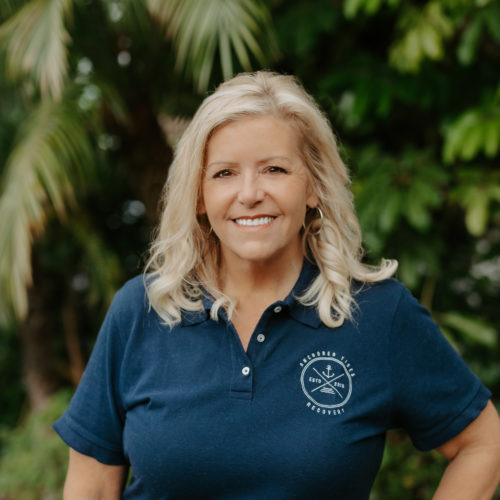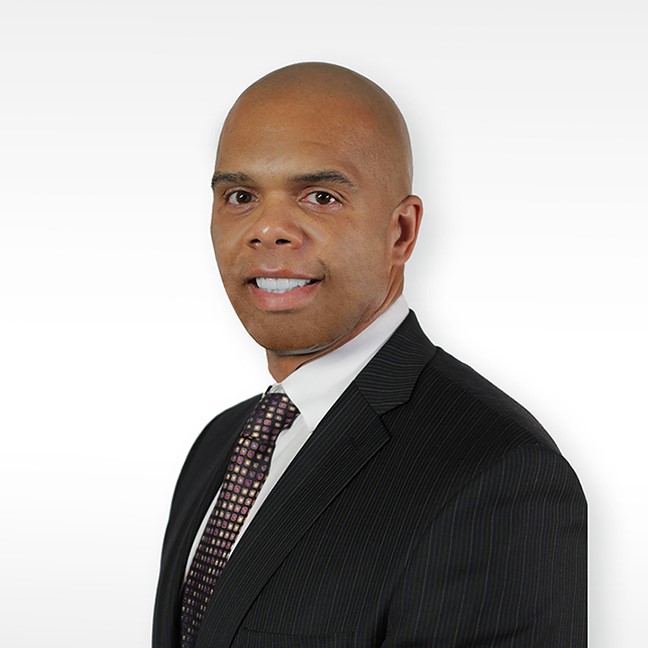
When you’re in an addiction recovery program, the future scenarios and pathways to meet goals is to prepare you adequately for what’s waiting for you when you leave the comfort of treatment.
Relapse prevention and an aftercare plan implementation should be in place as soon as you begin treatment. Evidence-based treatment requires that after-planning is an integral part of each step of your treatment.
Relapse is a gradual process that has specific stages. In treatment, you learn to recognize those early stages. When you can identify them proactively, you’ll have a higher chance of successfully navigating your life in recovery.
At our treatment center, we uniquely do things. We have a version of relapse prevention where we work to help you hold mental space for future scenarios. Then, when you face these situations in the real world, you’re prepared.
With that in mind, below, we’ll talk a little more about relapse prevention in general and how building pathways in your brain can help you meet your goals.
What is a Relapse?
When you’re in treatment, it’s a safe environment. You have the support of our staff and your peers. You have resources available, and there are few if any triggers. Having that controlled environment is essential in those early days of your recovery.
That type of environment can’t last forever, though.
- You are ultimately preparing to re-enter the world but to do so without drugs or alcohol.
- With the real world often comes triggers, including people, places, and things.
- Stress, problems in relationships, financial difficulties, and other adverse situations are all part of our daily lives.
- For someone in the early stages of recovery, coping with these stressors can be difficult.
While we can sometimes view relapse as inevitable because of the high rates, the reality is it’s not. Most people who often relapse either didn’t receive evidence-based treatment initially or stopped following their treatment plan. The work you do in treatment is what you can lean on when things get tough in your life, and maintaining your treatment plan can help you avoid relapse.
Relapse is a return to using drugs or alcohol following a period of sobriety. The particulars can vary depending on the person. For some people, drinking just once is a relapse. For others, someone falls deep into their substance use once again.
The three stages of relapse are emotional, mental, and physical.
- During the emotional stage of relapse, you might find that you’re not participating in self-care practices, or you’re beginning to dread your recovery meetings. You might hide what you’re feeling or become withdrawn from friends and family.
- When you reach the mental stage of relapse, you could be having cravings or glorifying when you were using drugs and alcohol.
- Physical relapse is when you use drugs or alcohol, even just one time.
Relapse Prevention and Personal Action Plans
There are a few primary concepts that are important in relapse prevention and your pathways to meet goals.
- The first is what we talked about above—relapse is a gradual process occurring in stages. Again, in treatment, you should learn to recognize the earliest stages.
- The second is that recovery is about personal growth, where you’ll achieve milestones.
- The third is that the main tools you will rely on for relapse prevention are mind-body relaxation and cognitive therapy. You work beginning in treatment to change your negative thought patterns. You also learn specific, healthy coping skills.
- The fourth element of relapse prevention is that a few core rules explain most of these scenarios. When you receive education in these rules, you learn to focus and prioritize what you need to be doing.
Recovery isn’t one event that ends when you’re sober. Recovery is a process that requires changes in how you think, react to situations, and cope with varying emotions. Mindfulness and consistency are critical, and you should work on approaching your recovery in a strategic, thoughtful way.
Creating a Relapse Prevention Plan
While the specifics may vary depending on your individual needs, some of the steps that go into creating a relapse prevention plan include:
- Set goals for your recovery. Your goals can be anything meaningful and relevant to you, from improving relationships to growing spiritually.
- Identify triggers. You’ll work in treatment to identify what your triggers are, and you’ll begin to think of them as your enemy, needing to be dealt with accordingly.
- Be offensive in your thinking rather than defensive.
- Know the warning signs and red flags for yourself.
- Have pre-defined recovery tools. For example, conflict resolution, problem-solving, and relaxation techniques may be part of your recovery toolbox.
- List the specific actions you’ll take when you see warning signs.

Neural Plasticity and Recovery
When you’re participating in treatment with us, we work on a version of relapse prevention that focuses on you visualizing future scenarios. These are detailed situations that you’re likely to experience in recovery. Then, as part of that visualization of future problems or triggers, you’ll begin to outline how you’ll deal with them proactively.
There’s a reason this is going to help you immensely.
- You’re building the pathways to meet goals in your brain through this visualization, so you’ll be ready to deal with these situations when they happen.
- When you’re proactively visualizing what you’ll do, then when the actual situation occurs, you’re going to feel like you’ve already dealt with it.
- You’ll be less likely to be overwhelmed with stress or emotions that could increase the risk of relapse.
Elements of this relapse prevention approach build on the idea of neural plasticity. You can rewire your brain, which is a dynamic process.
- When you rewire your brain, you change the relationship and interaction between it and your body.
- You can change millions or even billions of connections in your neural pathways.
- When you focus on certain things, whether it’s happiness or remaining strong in the face of adversity, you’re strengthening the pathways that correspond with emotions and situations.
- Once you know how to develop and strengthen your neural pathways, you gain so much control over your habits and who you are. Also, research shows us that as you create new pathways, you’re simultaneously weakening old ones that are no longer getting your attention. Each time you work on visualizing, for example, what your life will look like in recovery, you’re weakening those pathways that might glorify your days of substance abuse.
Otherwise, without taking action to change your neural pathways, you’re more likely to keep following the familiar, worn paths in your brain. When you’re in treatment for addiction, that’s the last thing you want to do.
With visualization, you turn hope into something that guides you. Your brain can’t always determine what’s a memory and what’s a vision of the future. That means envisioning what your goals are is going to help you create them in your life.
The more you consciously focus on building new pathways, the more you will make healthy new habits through repetition; aftercare at Anchored Tides Recovery can help aid this process. If you’re looking to learn more and develop a support group of people who successfully understand the process, call us at 866-600-7709.


















